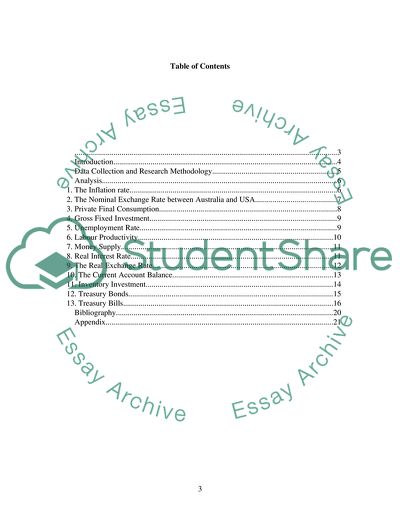Cite this document
(Macro Economics of Australia Research Proposal Example | Topics and Well Written Essays - 2500 words - 1, n.d.)
Macro Economics of Australia Research Proposal Example | Topics and Well Written Essays - 2500 words - 1. Retrieved from https://studentshare.org/macro-microeconomics/1558297-macro-economics
Macro Economics of Australia Research Proposal Example | Topics and Well Written Essays - 2500 words - 1. Retrieved from https://studentshare.org/macro-microeconomics/1558297-macro-economics
(Macro Economics of Australia Research Proposal Example | Topics and Well Written Essays - 2500 Words - 1)
Macro Economics of Australia Research Proposal Example | Topics and Well Written Essays - 2500 Words - 1. https://studentshare.org/macro-microeconomics/1558297-macro-economics.
Macro Economics of Australia Research Proposal Example | Topics and Well Written Essays - 2500 Words - 1. https://studentshare.org/macro-microeconomics/1558297-macro-economics.
“Macro Economics of Australia Research Proposal Example | Topics and Well Written Essays - 2500 Words - 1”. https://studentshare.org/macro-microeconomics/1558297-macro-economics.


